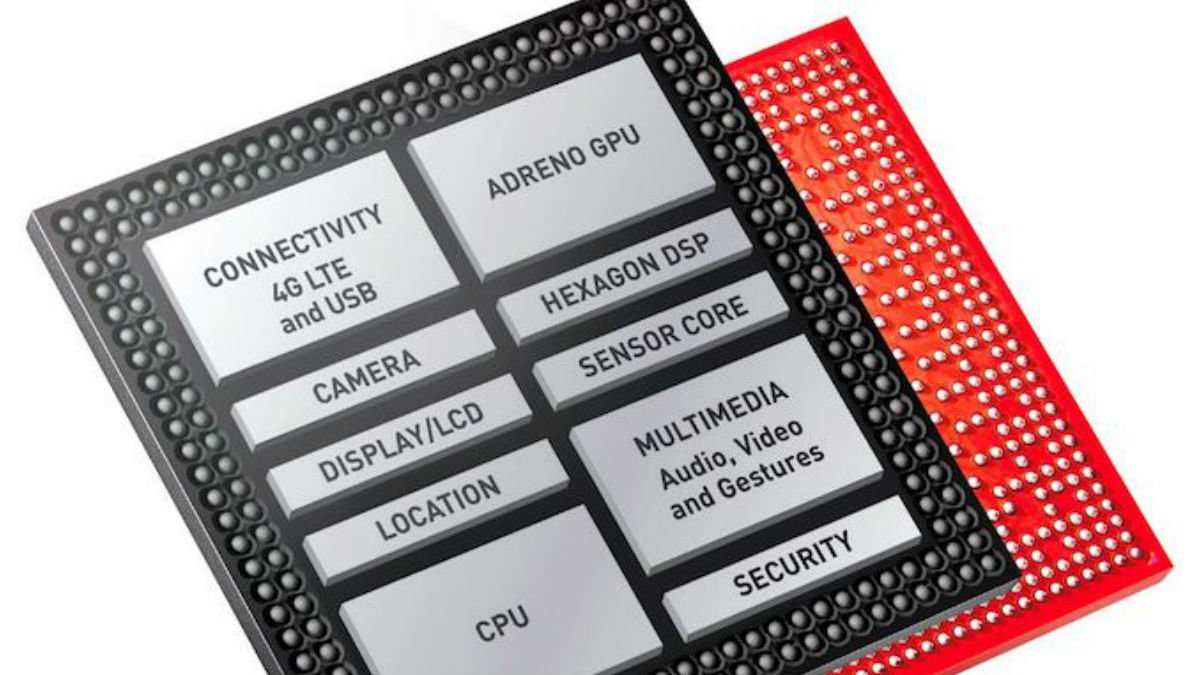Snapdragon 720G vs Snapdragon 730G: CPU & GPU Let’s start with the CPU configuration. Both the 730G and 720G are manufactured using an 8nm manufacturing process. Also, both the SoCs come with octa-core processors. The difference, however, lies in the core architecture and frequency. The newly launched Snapdragon 720G has eight Kyro 465 cores with two Cortex A76 cores clocked up to 2.3GHz for intensive tasks and six power-efficient Cortex A55 clocked at 1.8GHz. The Snapdragon 730G, on the other hand, comes with eight Kyro 470 cores in a similar configuration, two Cortex A76 cores clocked at 2.2GHz and six Cortex A55 cores clocked at 1.8GHz. As far as GPU is concerned, both mobile chipsets use the same Adreno 618 GPU. However, the GPU on the Snapdragon 730G is overclocked by 15%. Snapdragon 720G vs Snapdragon 730G: AI & Camera The Snapdragon 720G uses the new Qualcomm Hexagon 692 processor with the Qualcomm Sensing Hub to aid with AI capabilities. The older 730G uses a Qualcomm Hexagon 680 processor. The Hexagon 680 may look less powerful but has a dedicated voice assistant chip, Qualcomm All-Ways Aware technology and a dedicated Neural Processing SDK. Moving on to image processing, both the chipsets are almost equal. The Snapdragon 720G gets the new Spectra 350L ISP with support for up to 192MP photo capture, while the Snapdragon 730G gets Spectra 350 ISP with support for up to 192MP. Both SoCs come with support for 4K UHD video recording at 30fps, slow-motion video recording of 1080p at 120fps, 720p at 240fps, and 720p at 960fps. Snapdragon 720G vs Snapdragon 730G: Connectivity With regards to connectivity, both the Snapdragon 720G and 730G have the same Snapdragon X15 LTE modem. The mobile chipsets can achieve up to 800 Mbps download link speed and 150 Mbps upload link speed in 4G LTE network. Also, both support Bluetooth 5.0, WiFi-6, and USB 3.1. In addition, the Snapdragon 720G is said to come with support for NavIC, India’s homegrown geo positioning system. Xiaomi has already announced a Redmi phone to come Snapdragon 720G that will support the Indian space agency’s NavIC system. On paper, the Snapdragon 720G seems as good as the Snapdragon 730G. However, the Kyro architecture and GPU speed of SD730G makes it slightly more powerful than its newer rival. The rest of the features of both chipsets are more or less the same. For Indian consumers, the Snapdragon 720G is a more reasonable choice as the smartphone featuring it will be more affordable and as well it includes India’s own NavIC navigation system. Realme is expected to launch India’s first Snapdragon 720G chipset phone in March and it could soon be followed by Xiaomi.
